5 Remedies For Bone Pain
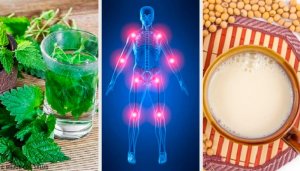
Bone pain can affect anyone, and it’s important to know that the healthy functioning of the skeletal system depends on many factors. These include exercise and having a diet rich in calcium and vitamin D.
However, people who suffer from osteoporosis are more prone to suffer injuries.
This disease makes the bones weaker because it decreases the bone mass. Then, this affects the proteins and mineral salts that make up the bone. For this reason, the bone is less resistant and more prone to breaking.
Continue reading for advice on how to maintain strong bones.
1. Foods rich in vitamin D
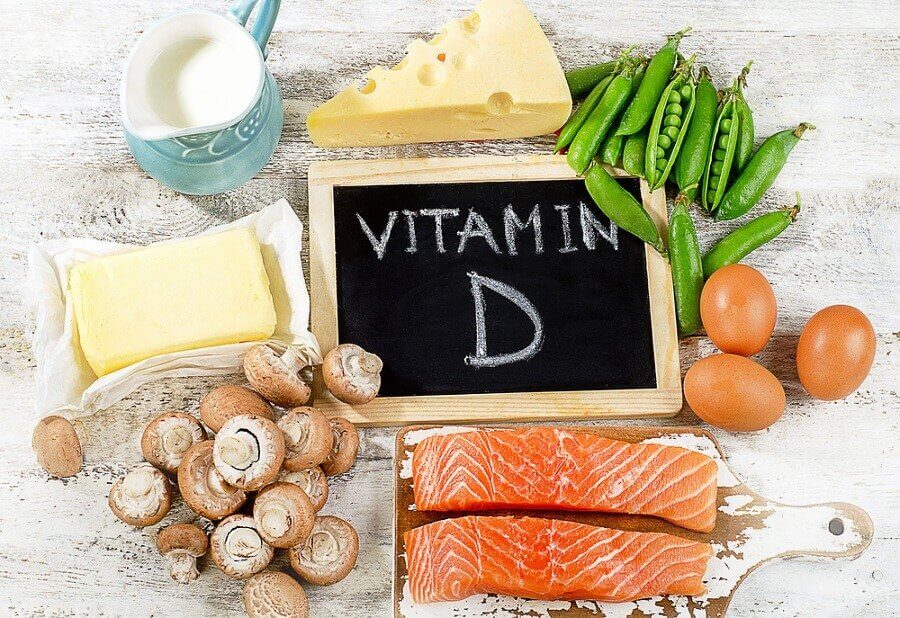
Vitamin D promotes the absorption of calcium into the bones. Thus, it helps with the mineralization of the bones. A lack of vitamin D, as this study from the U.S. National Library of the Medicine, affirms, is due to poor dietary habits or lack of sun exposure, among other things.
In serious cases, this deficiency can give rise to illnesses like rickets among children or osteomalacia in adults. It can also affect the liver and weaken organs by causing an imbalance in the regulation of calcium and phosphorus in the blood.
Natural foods rich in vitamin D include oily fish. Oily fish contains between 2% and 5% of fat, and it’s rich in proteins. It also contains between 7 and 22 ug of of vitamin D for every 100 grams.
This group includes:
- Sardines
- Salmon
- Herring
The best way to maintain the properties of these is to smoke them or cook them on low heat.
We recommend you read: The Functions of Vitamin D
2. Cod liver oil
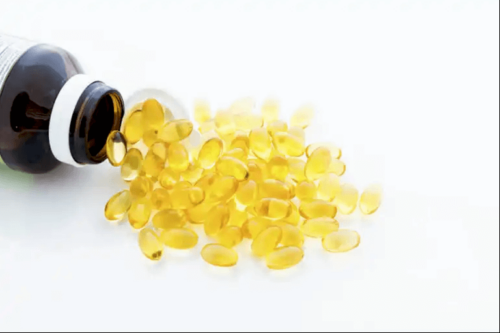
Extracted from cod liver, this oil is used as an essential remedy to fight arthrosis, an illness that affects the joints, wearing them away, and causing pain and discomfort in the bones.
This is due to its high content in Omega-3 fatty acids, which, according to this study, carried out by the University of Chile, can reduce inflammation.
In the past, it was recommended for the development of the skeletal system in children. However, nowadays it’s used as a supplement to improve pain symptoms.
3. Ginger
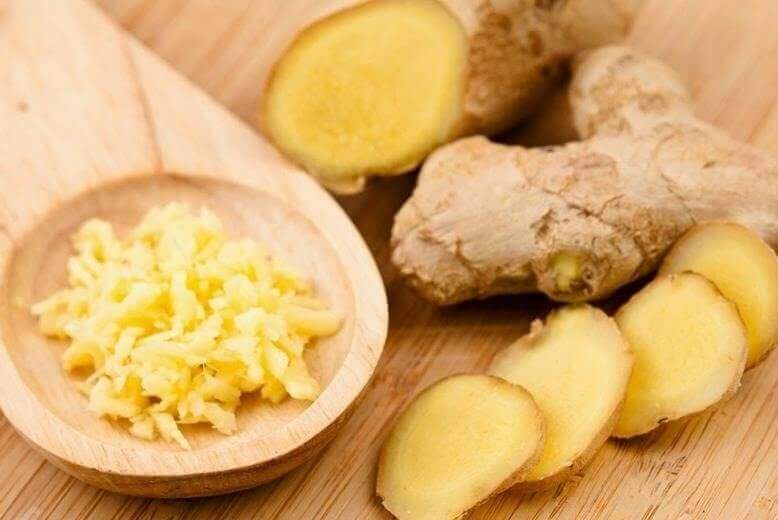
There are many ways to use it although the most common are a infusions and compresses. In both cases the ginger is mashed and mixed with hot water.
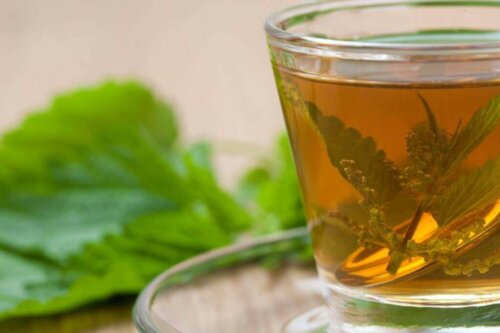
4. Nettle
Nettle has diuretic properties that help with reducing the inflammation of the areas affected by joint pain or bone pain, as this study carried out by Isfahan University in Iran confirms.
It’s most commonly used as an infusion.
Ingredients
- 1 tbsp. of nettle (15 g)
- 1 c. of water (250 ml)
Preparation
- Firstly, heat the water and, when it boils, add the nettle.
- Then, leave it to infuse for 10 minutes, strain and drink.
It’s recommended to drink three cups a day to help with the circulation of the blood.
Read also: Fight Joint Pain Combining Two Natural Anti-Inflammatories
5. Chamomile
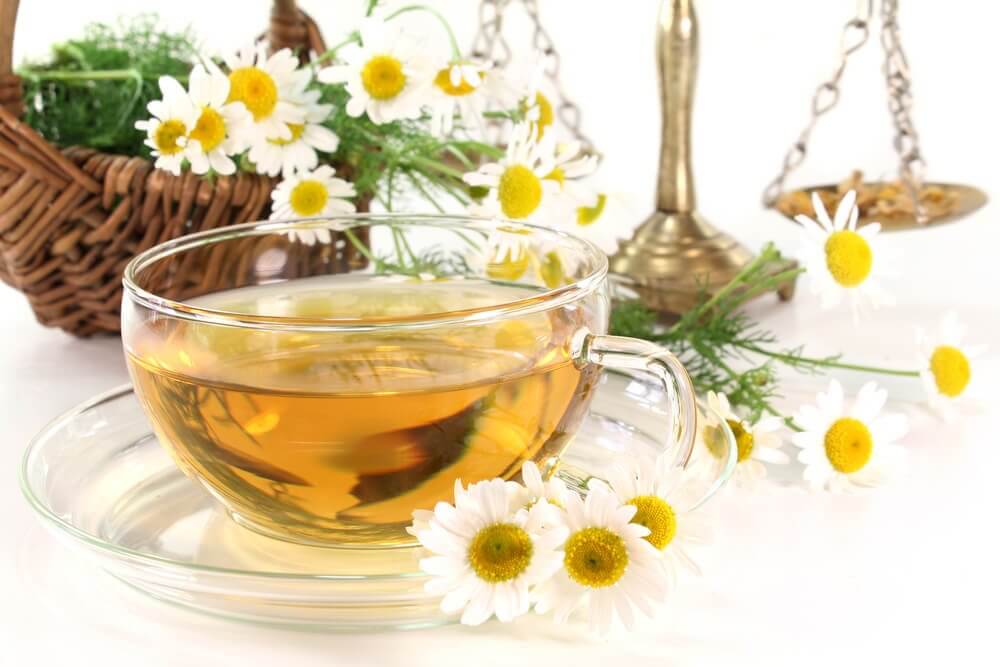
Finally, chamomile oil is similar to nettle in its anti-inflammatory properties that will help you with bone pain, as this study (scroll down for text in English) carried out by the University of Camiguey in Cuba confirms. Apply it with massages and try to cover the affected area with movements that help with circulation.
These remedies can help to relieve some pain and discomfort but always consult your doctor to obtain a more thorough diagnosis and appropriate treatment.
All cited sources were thoroughly reviewed by our team to ensure their quality, reliability, currency, and validity. The bibliography of this article was considered reliable and of academic or scientific accuracy.
- Arthritis Foundation ¿Es Bueno el Té de Jengibre para la Artrosis? Formas de Consumirlo. Retrieved October 24, 2018, from https://arthritis-foundation.com/artrosis/es-bueno-el-te-de-jengibre-para-la-artrosis-formas-de-consumirlo/
- Bouillon, R., Norman, A. W., & Lips, P. (2007). Vitamin D deficiency. The New England Journal of Medicine. https://doi.org/10.1056/NEJMc072359
- Chircov C, Miclea I. I, et al. Essential oils for bone repair and regeneration. Mechanisms and applications. Materials. Abril 2021. 14 (8): 1867.
- Clínica Universidad de Navarra. Cómo mejorar su artrosis. Cuidados en casa y consejos. Retrieved October 24, 2018, from https://www.cun.es/enfermedades-tratamientos/cuidados-casa/como-mejorar-artrosis
- Copping, A. M. (1934). Origin of vitamin D in cod-liver oil: vitamin D content of zooplankton. The Biochemical Journal, 28(4), 1516–1520. Retrieved from http://www.ncbi.nlm.nih.gov/pubmed/16745541
- Cosman, F., de Beur, S. J., LeBoff, M. S., Lewiecki, E. M., Tanner, B., Randall, S., … National Osteoporosis Foundation. (2014). Clinician’s Guide to Prevention and Treatment of Osteoporosis. Osteoporosis International : A Journal Established as Result of Cooperation between the European Foundation for Osteoporosis and the National Osteoporosis Foundation of the USA, 25 (10), 2359–2381. https://doi.org/10.1007/s00198-014-2794-2
- Goldman H. Essential nutrients your body needs for building bones. Harvard Medical School. Enero 2022.
- Hajhashemi V, Kloosahani V. Antinocioceptive and anti-inflammatory effects of Urtica dioica leaf extract in animal-models. Avicena Journal of Phytomedicine. Primavera 2013. 3 (2): 193-200.
- Holick, M. F. (2007). Vitamin D Deficiency. New England Journal of Medicine, 357 (3), 266–281. https://doi.org/10.1056/NEJMra070553
- Mayo Clinic. Insuficiencia de vitamina D – Retrieved October 24, 2018, from https://www.mayoclinic.org/es-es/healthy-lifestyle/nutrition-and-healthy-eating/expert-answers/vitamin-d-deficiency/faq-20058397
- Moyer, V. A., & U.S. Preventive Services Task Force*. (2013). Vitamin D and calcium supplementation to prevent fractures in adults: U.S. Preventive Services Task Force recommendation statement. Annals of Internal Medicine, 158 (9), 691–696. https://doi.org/10.7326/0003-4819-158-9-201305070-00603
- Paolucci T, Saraceni V.M, et al. Management of chronic pain in osteoporosis: challenges and solutions. Journal of Pain Research. Abril 2016. 9: 177-186.
- Rayati F, Hajmanouchehri F, et al. Comparison of anti-inflammatory and analgesic effects og Ginger powder and Ibuprofen in post surgical pain model: a randomized, double-blind, case-control clinical-trial. Dental Research Journal. Febrero 2017. 14 (1): 1-7.
- Tüzün S, Aktas I, et al. Yoga might be an alternative training for the quality of life and balance in postmenopausal osteoporosis. European Journal of Physical and Rehabilitation Medicine. Marzo 2010. 46 (1): 69-72.
- Valenzuela R, Tapia G, et al. Ácidos grasos omega 3 (EPA y DHA) y su aplicación en diversas situaciones clínicas. Revista Chilena de Nutrición. Septiembre 2011. 38 (3).
- Weaver, C. M., & Cheong, J. M. K. (2005). Soy Isoflavones and Bone Health: The Relationship Is Still Unclear. The Journal of Nutrition, 135 (5), 1243–1247. https://doi.org/10.1093/jn/135.5.1243
- Vitamin D Deficiency. (2007). New England Journal of Medicine, 357(19), 1980–1982. https://doi.org/10.1056/NEJMc072359
This text is provided for informational purposes only and does not replace consultation with a professional. If in doubt, consult your specialist.








